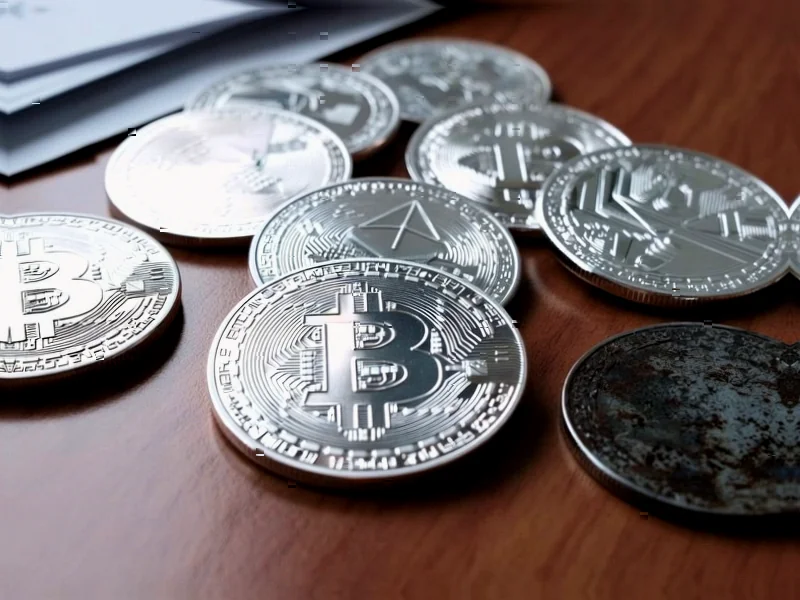According to Forbes, China’s control over rare earth elements has become a central factor in trade negotiations between Presidents Trump and Xi. China currently processes approximately 90% of global rare earth refining capacity and recently imposed export restrictions on five additional rare earth metals. This strategic positioning gives China significant leverage in discussions that could impact everything from consumer electronics to military equipment manufacturing.
Table of Contents
Understanding Rare Earth Strategic Importance
Rare earth elements aren’t actually rare in geological terms, but their strategic value lies in the complex, environmentally challenging extraction and refining processes that China has dominated through decades of industrial policy. These seventeen elements, including neodymium, praseodymium, and dysprosium, are essential for modern technologies that many consumers take for granted. From the powerful magnets in electric vehicle motors and wind turbines to the phosphors in display screens and the catalysts in petroleum refining, rare earth elements enable technologies that define 21st century life. What makes China’s position particularly powerful isn’t just mining capacity—it’s their near-monopoly on the separation and purification stages that transform raw ore into usable industrial materials.
Critical Supply Chain Vulnerabilities
The fundamental risk that many analyses miss is the time dimension of supply chain restructuring. Even if the US immediately committed billions to domestic rare earth production, developing competitive processing capacity would require 5-10 years of intensive investment and regulatory approvals. During previous rare earth export restrictions in 2010, China demonstrated how quickly supply disruptions can ripple through global manufacturing, causing price spikes of 500-2000% for certain elements. The current situation is more strategically complex because China has learned from past experiences and is implementing more sophisticated, targeted restrictions rather than blanket export bans. This approach allows them to maintain pressure while avoiding the global backlash that previously accelerated competing supply chain development.
Broader Manufacturing Implications
Beyond the immediate trade negotiation dynamics, China’s rare earth strategy exposes structural vulnerabilities in Western manufacturing ecosystems. The automotive industry’s transition to electric vehicles represents perhaps the most significant exposure, with permanent magnet motors requiring substantial rare earth inputs. Similarly, the defense sector depends on these materials for guidance systems, communications equipment, and other critical technologies. The recent export restrictions come at a particularly sensitive moment as multiple industries are making long-term capital allocation decisions about supply chain localization. Companies that had been considering nearshoring or friendshoring manufacturing may now face additional pressure to maintain at least some production footprint in China or risk supply disruptions.
Strategic Recalibration Ahead
The most likely outcome isn’t a complete resolution of trade tensions but rather a strategic recalibration that acknowledges China’s rare earth leverage while accelerating Western efforts to develop alternative supplies. We’re already seeing increased investment in recycling technologies to recover rare earths from electronic waste, as well as renewed interest in mining projects from Australia to Greenland. The current negotiations will likely produce temporary accommodations rather than permanent solutions, buying time for both sides to adjust their strategic positions. What’s becoming increasingly clear is that rare earth elements have joined semiconductors and energy as foundational resources where national security considerations are reshaping global trade patterns and corporate strategies alike.



